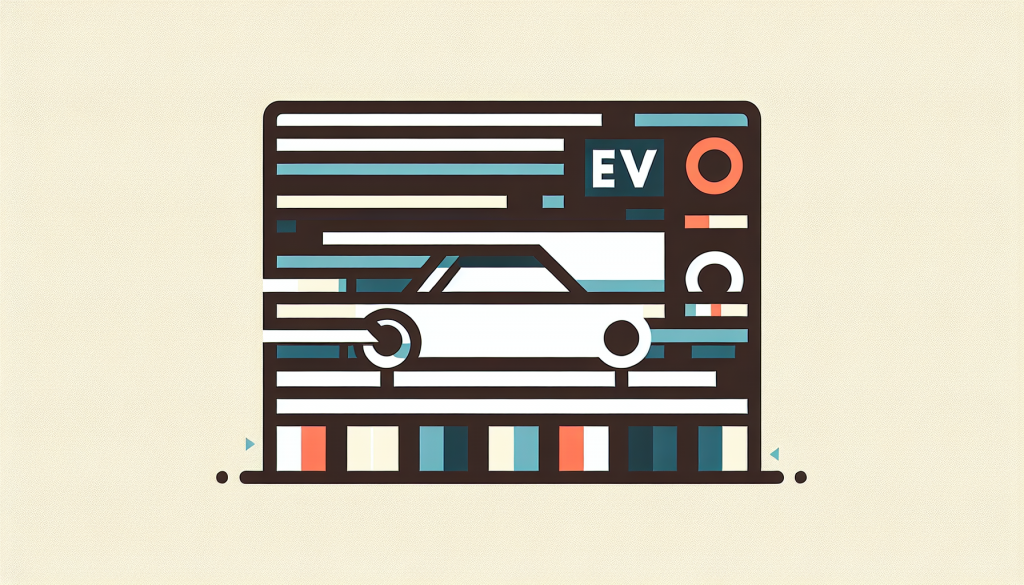Spotting EV Warning Lights
Knowing what those lights on your electric vehicle (EV) dashboard mean can save you a lot of headaches. This guide will help you figure out what’s going on when those lights start flashing.
What Do the Colors Mean?
EV warning lights come in three colors: green, yellow, and red. Each color tells you how serious the issue is:
- Green: Everything’s working fine.
- Yellow: Something’s off, but it’s not urgent.
- Red: Big problem—stop the car and get help now (Pod Point).
| Warning Light | Color | What It Means |
|---|---|---|
| General Fault | Red | Major issue, get help right away |
| Limited Power | Yellow | Car might slow down due to an electrical or battery issue |
| Low Battery | Yellow | Battery is low, charge soon |
Why You Shouldn’t Ignore These Lights
Ignoring these lights can lead to big problems and expensive repairs. Shockingly, 25% of drivers admit they ignore their warning lights, with EV drivers being the worst offenders.
- General Fault Warning Light: This red light means something serious is wrong. Ignoring it can cause major damage and cost a lot to fix. Get it checked out immediately.
- Limited Power Warning Light: This yellow light, often shown as a tortoise, means your car might slow down because of an electrical issue or battery problem. Fixing it quickly can prevent bigger issues.
- Low Battery Warning Light: This yellow light, showing a charging station icon, warns you when your battery is around 10% charged. It starts flashing at 5%, meaning you’re about to run out of juice. Don’t ignore it, or you might end up stranded.
For a full rundown on what these and other warning lights mean, check out our EV warning lights guide.
Taking these warning lights seriously can help you avoid bigger problems and keep your EV running smoothly. For more tips on troubleshooting and solutions, see our articles on EV warning lights troubleshooting and EV warning lights solutions.
Resetting EV Warning Lights
Owning an electric vehicle (EV) means sometimes dealing with those pesky warning lights on your dashboard. Knowing how to reset them can save you a trip to the mechanic and keep your ride running smoothly.
How to Reset EV Warning Lights
Resetting an EV warning light is usually a breeze. Here’s a simple guide to get you back on track:
- Turn the Car On: Make sure you’re parked safely. Turn the ignition on, but don’t start the engine.
- Press the Brake Pedal: Hold down the brake pedal firmly.
- Press the Accelerator Pedal: While holding the brake pedal, press the accelerator pedal three times within 10 seconds (My Nissan Leaf Forum).
If the light doesn’t go away, it might be pointing to a bigger issue. Check out our EV warning lights troubleshooting guide for more help.
Fixing Battery and Power Issues
Battery and power problems are often behind those warning lights. Knowing what the symbols mean can help you figure out what’s wrong and how to fix it.
Common Battery and Power Warning Lights:
| Warning Light | Description | Action Required |
|---|---|---|
| Serious issue with the battery or power system. | Stop driving and get help right away. | |
| Limited power warning, maybe due to an electrical fault or battery temperature issue. | Slow down and head to a trusted garage. |
Sometimes, a simple reset can fix minor battery errors. Follow the steps above. If the problem sticks around, it’s time to see a pro for a full check-up.
For more details on what those warning lights mean, check out our EV warning lights guide. Knowing these symbols can help you avoid bigger problems and keep your EV in top shape. Also, take a look at our articles on EV warning lights maintenance and EV warning lights solutions for more tips and tricks.
By following these steps and staying on top of things, you can handle warning light issues like a pro, making your driving experience safer and smoother.



